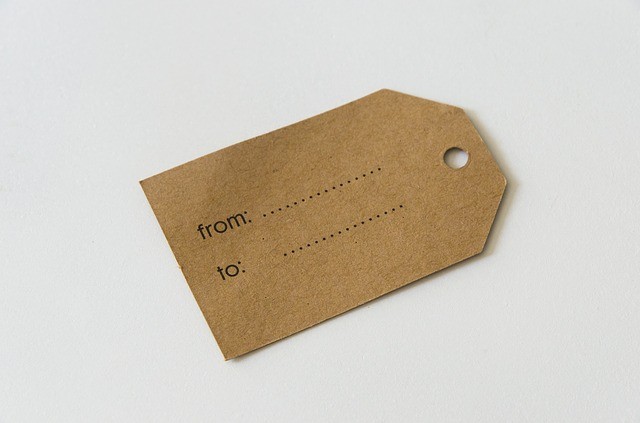There seems to be a lot of confusion on how to use categories and tags. Categories are usually in your top menu bar.
- What Categories are
- What Subcategories are
- What Tags are
- Why do you need Categories and Tags?
- Are they useful?
- Conclusion
1. What Categories are
If you had a travel company, your categories might go like this; Travel on a budget, Air Travel, Travel by Sea, Backpacking and Hiking
They are your main go to categories and your main topics in travel. Think of categories as your main menu, the areas in your business which you focus on.
In the main category you might have a description of what your business will provide for the consumer and what value you provide in them coming to your site, this may also be your landing page.
2. What Subcategories are
These divide up your categories into areas. so under Travel on a Budget, you may have subcategories named Cheapest Hotels, Cheapest Restaurants, Cheapest Air Fares, etc.
Your subcategories go into the detail of each choice they can make. A bit like a restaurant, the subcategories there might be, chicken dishes, vegetarian dishes, etc.
3. What Tags are
Think of tags as the ingredients. If it’s a restaurant menu, it might say peas, chicken, potatoes, etc, For travel, it might be, tickets, luggage, insurance, etc.
These are the individual items you need for each subcategory.
They are also your index. When reading a manual there is nothing better than the index so you can easily find the word (ingredient) and the chapter they are in.
4. Why do you need Categories and Tags?
In your online business, you want your readers to be able to navigate your website easily and if you don’t use them, you will have an unfriendly user site or they will not have a good experience. Your readers won’t like it and ergo Google won’t rank your site well.
When people search the internet and type in their keywords, if you don’t have your categories or tags worked out, you may not turn up on search engines.
Some people are saying that tags slow down their site. The bad news is if you don’t use tags they also won’t find your site either, or not easily. There is GTM (Google Tag Master) which helps to combine your tags and make your site load faster.
If someone doesn’t type in your exact long-tail keyword then this is where tags excel. They are incredibly useful on pictures. A good tag and description on your pictures may make your pictures rank well and you may get your traffic just on your pictures alone.
5. Are they useful?
Yes, they are. They help people find what they are looking for more easily and as we all know, most people don’t have the patience or time to figure out how your site works. Convenience is the key. The more user-friendly your site is, the more chances you will have of getting more traffic to your site.
Everybody loves a useful site, it makes for a better user experience. So, check out sites that you love and see what tags they use and use them yourself.
6. Conclusion
If used judiciously, they can help your website enormously. I would suggest no more than 5 categories and 5 subcategories. Try only using 5 tags on each of your post, preferably ones that you have used on your other posts.
Only add one or two categories to each post.
Have you noticed that in some big supermarkets they have lists to show you which aisle you can find products in, they are subcategories, they don’t show every product on the list.
One more way to look at this is like a book, you have the main title of the book, then you have the chapters and then you have the index. All are helpful and necessary.
Don’t miss out on these important steps.

Wonderfully written and right to the point – cutting through the fog. Thank you!
You’re very welcome Lauri. I know what a minefield it can be in the online world while trying to set up a new website. Sometimes not even knowing the right questions to ask.